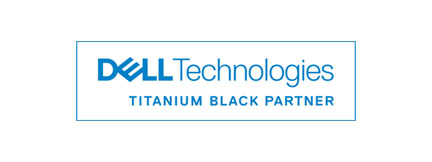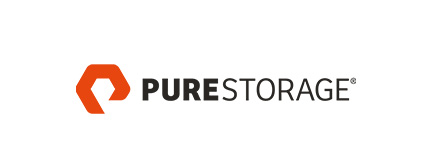
Choosing a hyperconverged infrastructure for your data centre.
That makes it incredibly hard to know if your data centre will soon reach its capacity limits so you end up either purchasing too much and paying for storage you don’t actually use, or not buying enough so you can’t do anything with your data and your apps become achingly slow.
Neither of those scenarios are ideal, which is why companies are increasingly utilising hyperconverged infrastructures for their data centres to ensure they have exactly what they need. But what exactly is a hyperconverged infrastructure and why is it even worth considering? Read our blog to find out.
Before we get into discussing ‘hyperconverged’, we should start off by understanding what a converged infrastructure is. Companies with a converged data centre infrastructure have all their hardware bundled into one package. The modular configuration allows for easy scaling and performance consistency and means you benefit from a much simpler infrastructure set up that doesn’t impact on the performance or capabilities of your data centre.
A hyperconverged infrastructure builds on that, adding virtualisation and management. ‘Hyper’ refers to hypervisor, which partitions the hardware into storage, switches and virtual servers, transforming the infrastructure into a comprehensive computing, networking, data storage and virtualisation system. As the brain of the system, the hypervisor virtualises and connects the various components. A hyperconverged infrastructure is, therefore, software-defined, which is the main differentiating factor between it and a converged infrastructure, which is mainly a combination of hardware components.
A hyperconverged infrastructure offers five essential benefits:
The biggest advantage is that your IT environment is less complex. Implementation is quick and easy and you’ll also benefit from automated management through a central console. It is also a breeze to scale up and down by adding and removing nodes.
When you invest in a hyperconverged infrastructure, you only purchase what you need at any given time. This allows you to scale up or down in a snap giving you the flexibility your business needs to create dynamic workloads without impacting your operational systems.
By combining multiple components into one solution, hyperconverged infrastructure costs are typically lower in the long-term than for traditional solutions. This may not be true of the initial investment, but does apply to operative costs.
The solution’s simplicity and scalability mean your IT team can focus their attentions entirely on innovating and supporting the organisation. Now you only need one team to manage the entire infrastructure.
Unlike traditional infrastructures, data backup and recovery are integral components of a hyperconverged infrastructure. Recovery is instant because each node contributes to a pool of shared storage so that operations aren’t severely impacted if one goes down.
The benefits mentioned above are what make a hyperconverged infrastructure an attractive option if you are looking to manage costs and ensure high availability. Curious if this is a good option for your business?
Get in touch with Mark Jongen, Solution Specialist – Data Centre.


